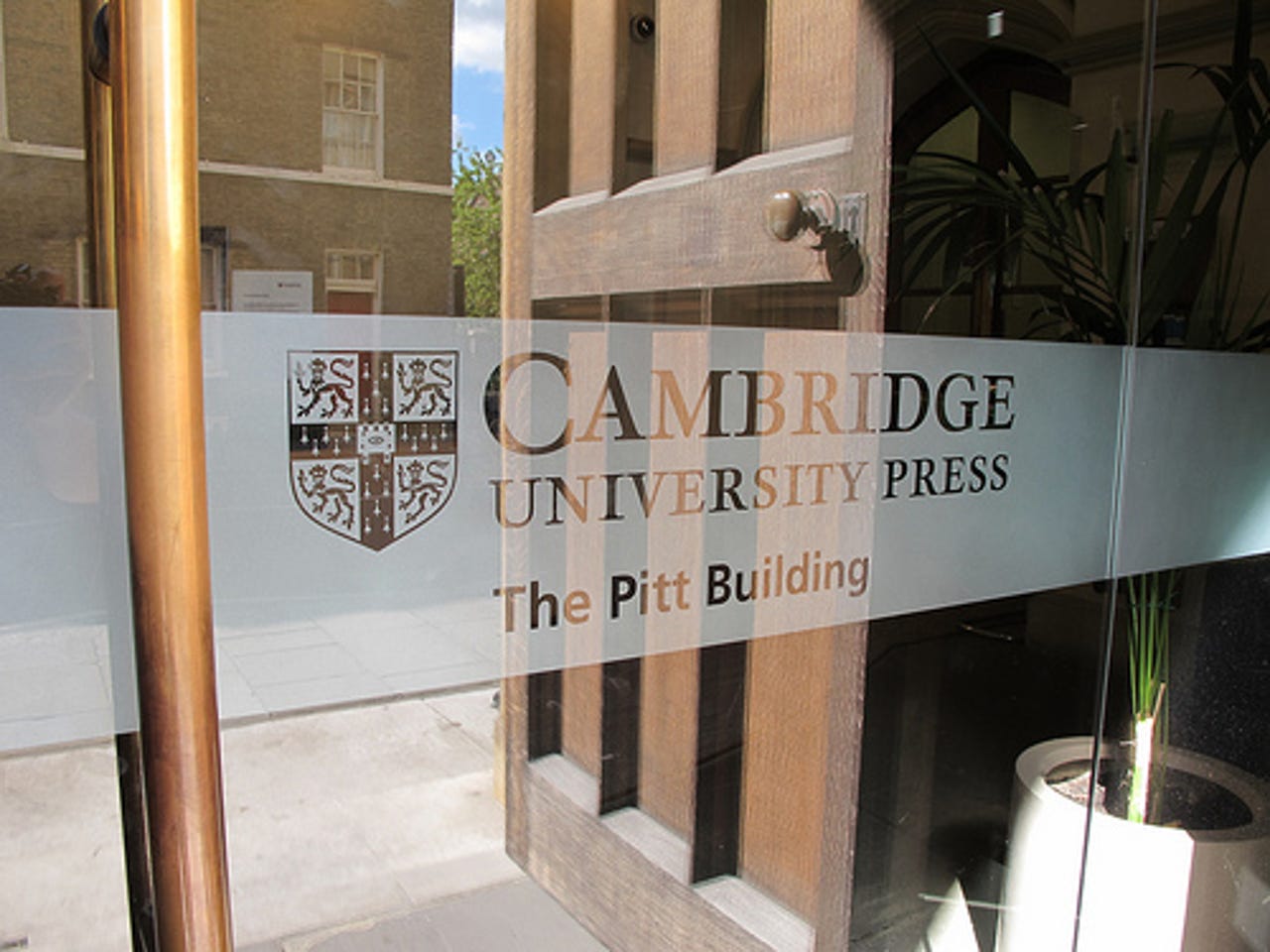Photos: Dell and Cambridge University's high performance computing centre


Inside the machine room powering Formula 1 tech and 3D DNA
The University of Cambridge and Dell last week opened the doors on the High Performance Computing (HPC) Solution Centre.
Housed within the university, including the Pitt Building pictured above, the centre is designed to showcase how HPC can be used in the research community as well as test out HPC technology.
The centre will publish the results of its work in building and running HPC stacks in the form of white papers and technical bulletins.
The centre itself will also be open to members of the HPC community to visit and see its HPC set-up in action.
Photo credit: Dell via Flickr
More than 70 of the university's research groups comprising 400 members are already using the HPC centre, employing its computing power for science and medical work, such as genetics and epidemiology, as well as economic projects, including modelling markets.
On the two screens shown here are the time remaining for each job currently being processed by the HPC (left) and the temperature inside each compute node of the cluster (right).
Photo credit: Jo Best/silicon.com
External clients using the Cambridge University HPC centre include Lotus Racing.
The F1 team use the HPC to model computational fluid dynamics (CFD) - how air moves over a car when it's in motion.
CFD is also used by the university's own department of engineering, with its turbomachines researchers using modelling to see how air would flow through an engine - models which can take up to one million CPU hours to create and so rely on the use of the HPC centre's computing power.
An example of CFD modelled by the HPC can be seen on the screen above.
Photo credit: Jo Best/silicon.com
Other demonstrations of how high-performance computing can be used on show at the centre include this model of the universe, which can be manipulated in a 3D fashion.
Photo credit: Jo Best/silicon.com
True 3D comes into play in DNA modelling, as seen here.
Software is used to combine left and right images of a genome into a single image, which can be viewed three-dimensionally using a pair of special glasses and this off-the-shelf 3D TV, which costs around £900.
Photo credit: Jo Best/silicon.com
The power for all this data visualisation comes from the Cambridge University machine room, housed in a separate building across the campus.
The HPC centre's machine room, shown above, plays host to 29 cabinets weighing a total of 25 tonnes.
Photo credit: Jo Best/silicon.com
The machine room uses a typical hot and cold aisle system to manage air flow.
The university spends £270,000 on electricity to power the datacentre, with around half of its energy consumption devoted to cooling.
Photo credit: Jo Best/silicon.com
Typically researchers at the university needing high-performance computing for their project would include new hardware in their costs when putting together their proposals. Now, rather than buying extra kit, the proposals factor in compute time at the HPC centre instead.
The centre's GPU cluster can be seen above.
Photo credit: Jo Best/silicon.com
There are two tiers of charging for the HPC centre available to the researchers - computing jobs on the more expensive tiers are given a higher priority and allowed a longer run time.
Shown above is the back view of part of the GPU cluster.
Photo credit: Jo Best/silicon.com
The rear of one of the computational units that make up the cluster can be seen here.
The HPC centre uses a dynamic Linux and Windows environment, so users can select the operating system they prefer.
Photo credit: Jo Best/silicon.com
Shown above is the HPC centre's Storage Lab.
Photo credit: Jo Best/silicon.com
The HPC centre sports 800TB of Lustre storage, split into two pools including one using Dell MD300s.
Photo credit: Jo Best/silicon.com